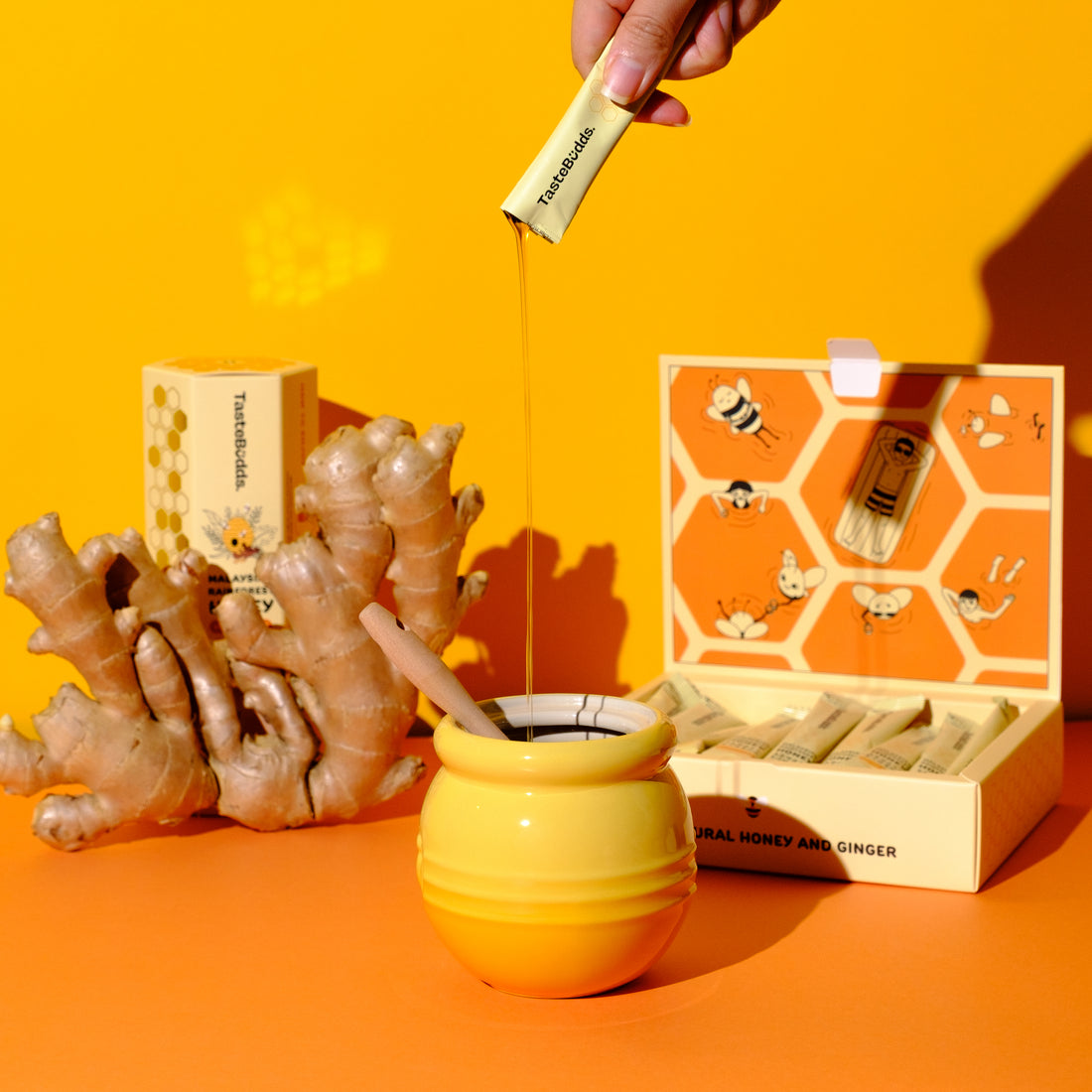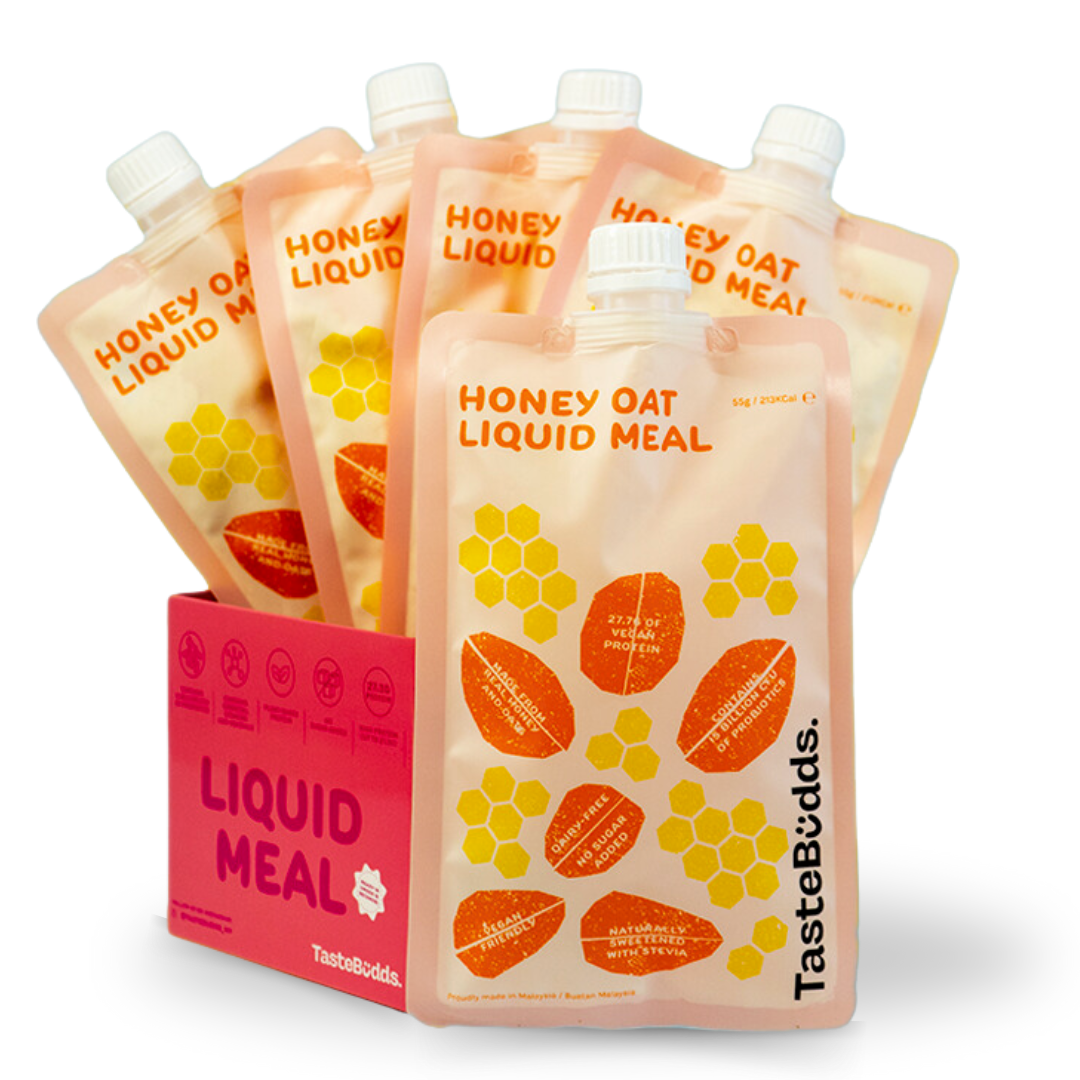
Unlocking Honey's Mysteries: A Deep Dive into Nature's Liquid Gold

Why do bees make honey?
The main food source for honey bees are pollen and nectar. Both pollen and nectar are stored in the hive where nectar is converted to honey, and pollen is fermented into bee bread. Honeybees collect nectar and pollen from flowers surrounding their hives. Bees make honey because they are storing the food for seasons where nectar isn't easily accessible!
Made Naturally by Nature

From Bee
Honey originates from flower nectar, which is subsequently broken down into sugars and stored in honeycombs. The honeycomb's structure, coupled with bees' wing fanning, induces evaporation, causing the moisture level in the nectar to reduce and create a viscous liquid. This viscous liquid is what we know to be honey! Each honey's characteristics (color, flavor) will vary depending on the source of the nectar collected.

To Hive
Typically, a bee colony yields approximately 55 pounds of extra honey annually. Beekeepers gather this surplus by retrieving honeycomb frames and removing the beeswax covering each cell, which seals the honey. After the caps are taken off, the frames undergo extraction using a centrifuge, a spinning device that extracts delicious honey from the comb.

To Home
Extracted honey undergoes straining to remove wax and particles. Some beekeepers and bottlers might heat the honey to make this process easier straining without altering its natural composition. Honeybees aid pollination, sustaining flower life cycles. While honey production is fascinating, observe bees from a safe distance to avoid potential stings.
CONSUME HONEY AS EASY AS 1 2 3!
At TasteBudds, we believe that enjoying honey should be a flavorful adventure. Our honey comes in three exquisite variants:
Pure Honey: For the purists who love the unadulterated sweetness of nature's nectar.
Lemon Honey: Infused with the zesty brightness of lemons, this variant adds a citrusy twist to your honey indulgence.
Ginger Honey: A harmonious blend of honey and the subtle kick of ginger, perfect for those looking to spice things up.
TasteBudds Mess Free Honey is not just about incredible flavors; it's also about convenience. Our honey is neatly packaged in easy-to-use sachets, making it a hassle-free companion for your busy lifestyle. Whether you're heading to work, hitting the gym, or embarking on a weekend adventure, these sachets ensure that your dose of natural sweetness is always within arm's reach, without the sticky mess!
HOW HONEY IS HARVESTED?
Honey comes from wild colonies or domesticated hives, with an average yield of 29 kg (65 lb) per hive yearly. Beekeepers use smoke to pacify bees during hive collection, making them less aggressive. Honey extraction involves removing honeycombs, followed by crushing or using an extractor. Filtration eliminates beeswax and debris from the honey.
Historical Perspective:
In the past, entire bee colonies were sacrificed for harvest before removable frames. Modern practices prioritize winter survival, leaving some honey or providing substitutes like sugar water or crystalline sugar, depending on bee variety and local winters.

WHERE IS TASTEBUDDS HONEY PRODUCED?
Here at TasteBudds, we practice the mobile bee farming method, where the bee keepers move the hives around 3 rainforests in Malaysia (Pahang, Negeri Sembilan, and Johor) to follow the flowering seasons. This is more sustainable for the environment and ensures ample food sources for the bees to produce higher quality honey. Our mobile bee farming method is also good for the environment because it ensures that the nectar of the flower's around are not overly harvested by the bees too.

HOW IS THE TASTEBUDDS HONEY HARVESTED?

Our bee-keepers are certified with GAP (Good Agricultural Practices) and have a wealth of experience with harvesting honey without contaminating it or harming the bees.
Our honey then undergoes minimal filtration to ensure that all the beneficial compounds are retained in the honey. We also avoid pasteurising the honey for the same reason which keeps all the living enzymes alive and is what makes honey nature's liquid gold.
HOW ARE FLAVOURS INFUSED INTO TASTEBUDDS HONEY?
As part of our range of honey flavours, we have Fresh Lemon infused honey and Bentong Ginger infused honey. When infusing our honey with fresh imported lemons and Bentong Ginger, we use a process called low-temperature dehydration which does not go above 40°C. Unlike most honey producers, this keeps the original flavor profile of the honey, lemons, and ginger unchanged while also retaining all the health benefits.
Any temperature higher than 40°C would denature all the good stuff in the honey! Although it's 4 times slower, we believe that it is important for our customers to experience honey the way nature intended.

IS IT SAFE TO CONSUME CRYSTALLISED HONEY?
Perceptions about crystallized honey often associate it with spoilage or contamination. However, crystallization is a natural process indicating high-quality honey. Don't discard your crystallized honey; it's a delicious and versatile treat suitable for various uses, from tea and yogurt to toasted bagels and cooking glazes.
Why does honey crystallise? Here are 3 factors which contribute to honey crystallization:

Temperature:
Honey crystallizes in colder temperatures, so storing it in a warmer spot (ideally room temperature) slows the process. Reheating crystallized honey is possible, but frequent cycles can alter its quality.

Ratio of Glucose and Fructose:
Honey, a super-saturated solution of glucose and fructose, crystallizes due to glucose. Some types, like alfalfa and clover, crystallize quickly, while others, such as maple and tupelo, crystallizes at a much slower rate.

Pollen:
Normal pollen in honey serves as a provenance, indicating the plants bees fed on. While honey with pollen is excellent, its crystallization accelerates due to small particles. Experiment with different plant honey to explore varied flavors and aromas.
CAN HONEY EXPIRE?
Honey will not expire if it is kept in a correct condition. Although it may undergo changes, such as flavor and color alterations over time, well-stored honey can maintain its quality for an extended period. Temperature plays a crucial role in honey preservation, making proper storage essential. While a commonly mentioned shelf life is around two years for practical purposes, adhering to appropriate storage guidelines ensures the longevity and optimal qualities of your honey.
5 ways to ensure the longevity of your honey and preserve its original qualities:

Use Original Containers:
Keep your honey in the original container you purchased, as these should be designed to provide a proper seal. After use, ensure the lid is tightly secured to prevent the entry of moisture and odors.
Choose Glass Jars with Tight Lids:
Glass jars with tightly sealed lids are ideal for honey storage, as they prevent exposure to air when not in use. Avoid storing honey in non-food plastic or metal containers, as they can lead to oxidation.
Store at Room Temperature:

Keep the honey container in an area with an average room temperature, ideally between 17 to 23°C. Avoid exposing it to direct sunlight or heat sources like stoves, ovens, as this can cause darkening and subtle flavor changes.
Avoid Refrigeration:

Refrigerating honey is not recommended, as it may cause the honey to form a semi-solid mass due to cooler temperatures. This alters the honey's texture and is not ideal for preserving its original state.
Freezing Only if Necessary:
Freezing honey is an option, but it makes dispensing difficult. If using large containers prone to granulation, pour a manageable amount into a smaller container for regular use. Store the rest in the original larger container in the freezer. Warm the honey when needed to refill the smaller container, ensuring there are no crystals to act as "seed" for granulation. Make sure your honey is slowly heated to ideal temperature as high temperature will denature the honey ie you lose the good stuff!
By following these storage guidelines, you can extend the shelf life of your honey and enjoy its delicious taste and quality for an extended period.

HOW TO ENJOY TASTEBUDDS HONEY
- Straight from the Sachet: Squeeze a bit of honey directly into your mouth for an instant burst of sweetness.
- Stir into Tea or Coffee: Elevate your beverage experience by adding a touch of TasteBudds Honey.
- Drizzle over Food: From pancakes to yogurt, our honey is a versatile companion for a range of dishes.
Experience the joy of honey like never before with TasteBudds – your go-to for hassle-free, delicious sweetness. Embrace the simplicity of 1, 2, 3, and let the honey magic unfold in every sachet, anytime, anywhere.
🍯 TasteBudds Honey – Sweetness Simplified! 🍯 Indulge in sweetness with our Pure, Lemon, and Ginger variants. Embrace the honey magic! Visit TasteBudds now.

